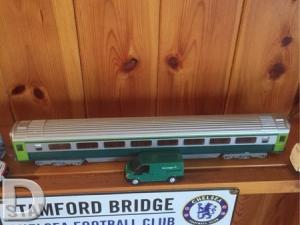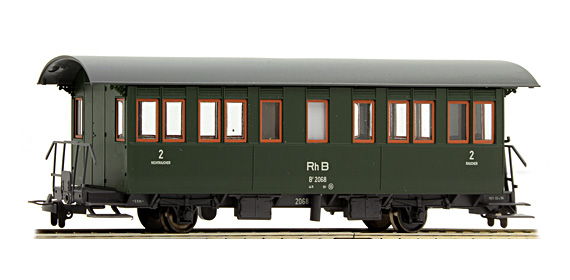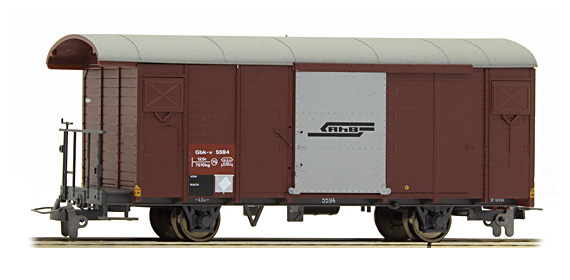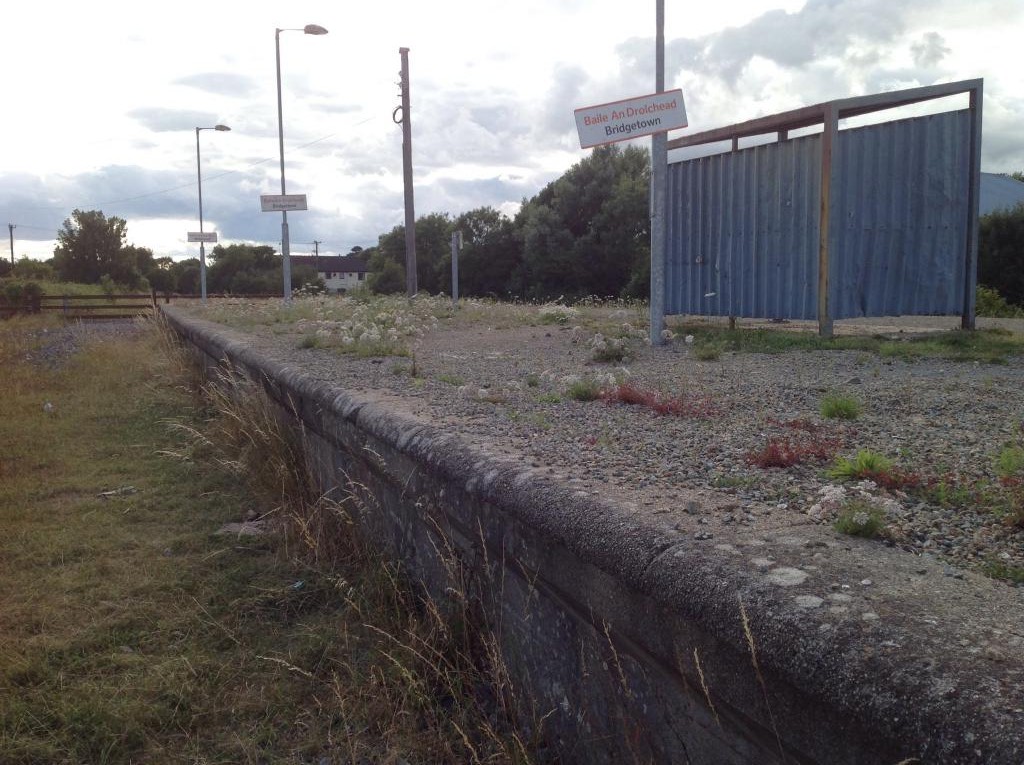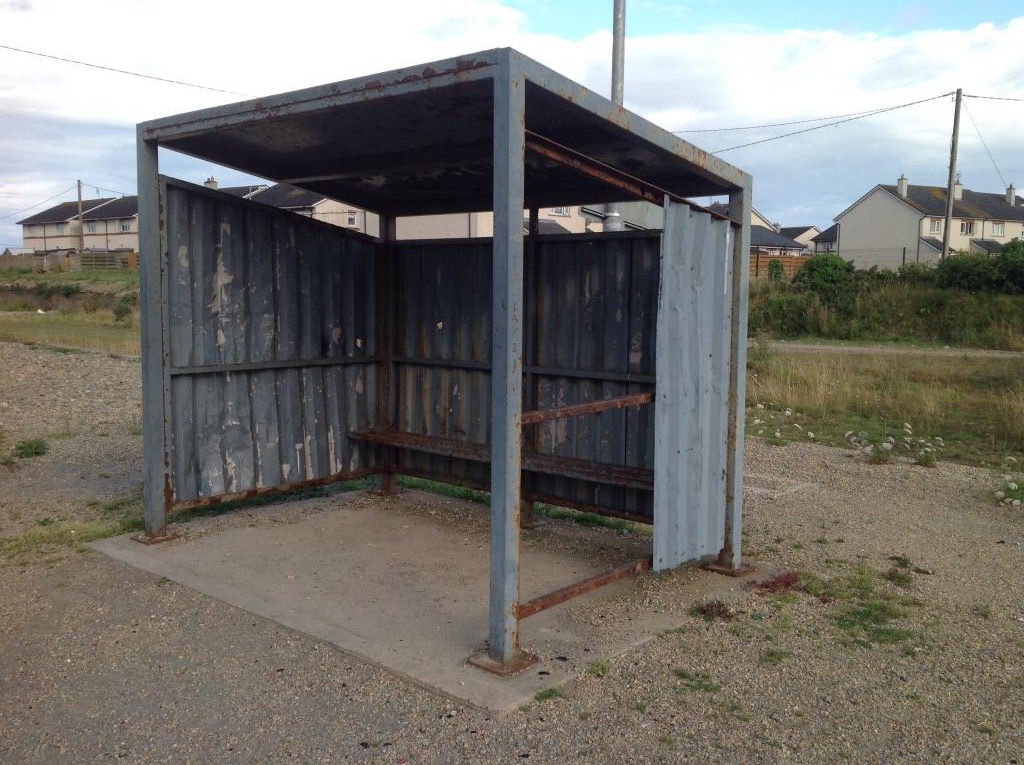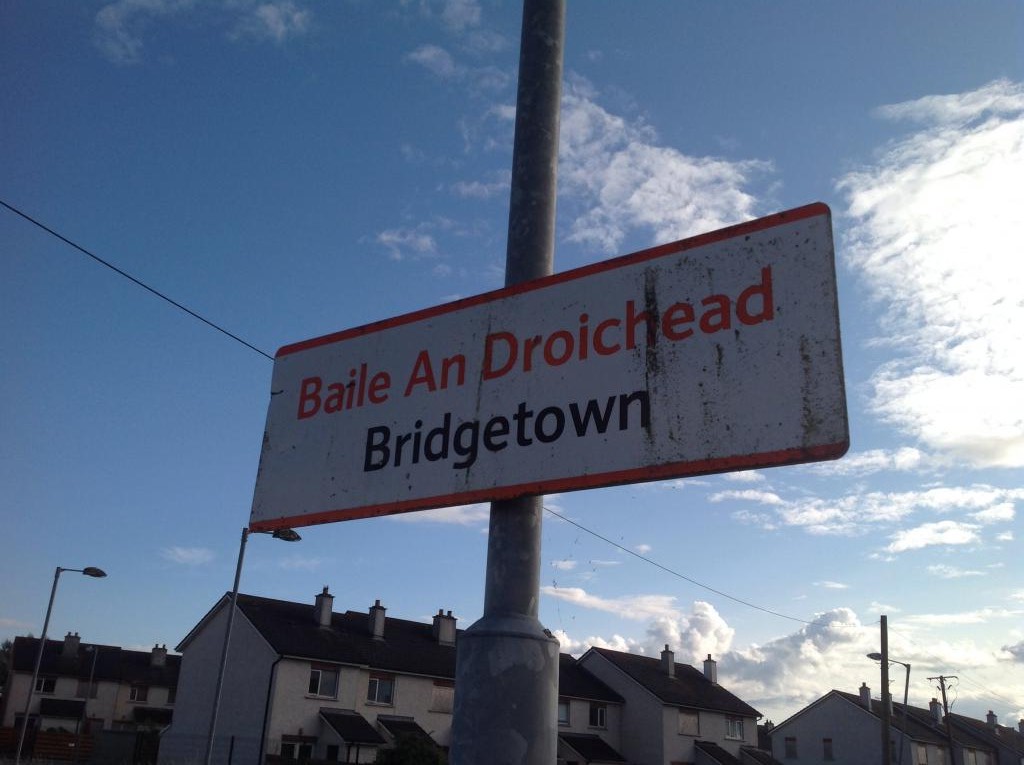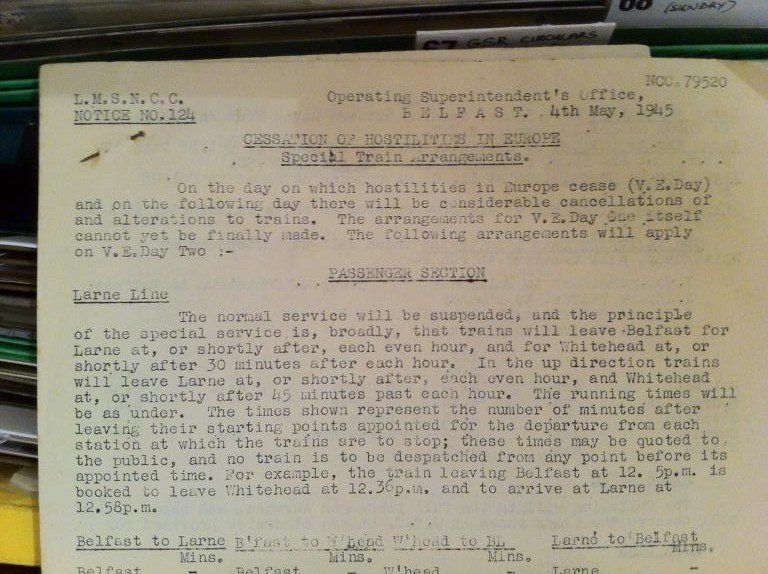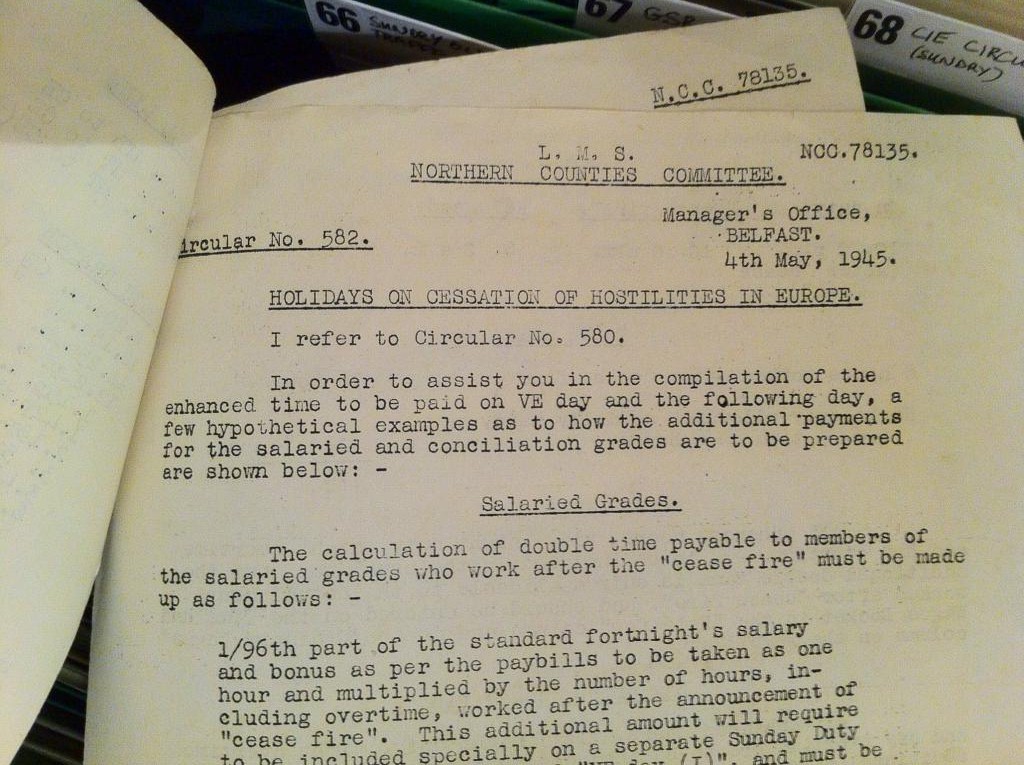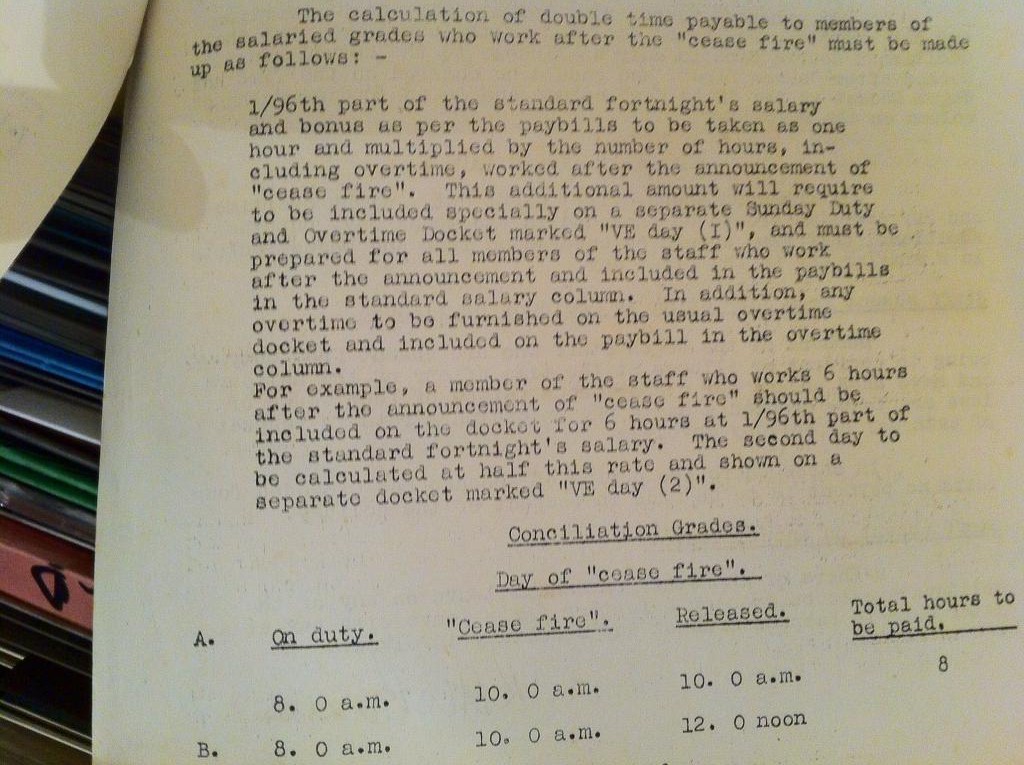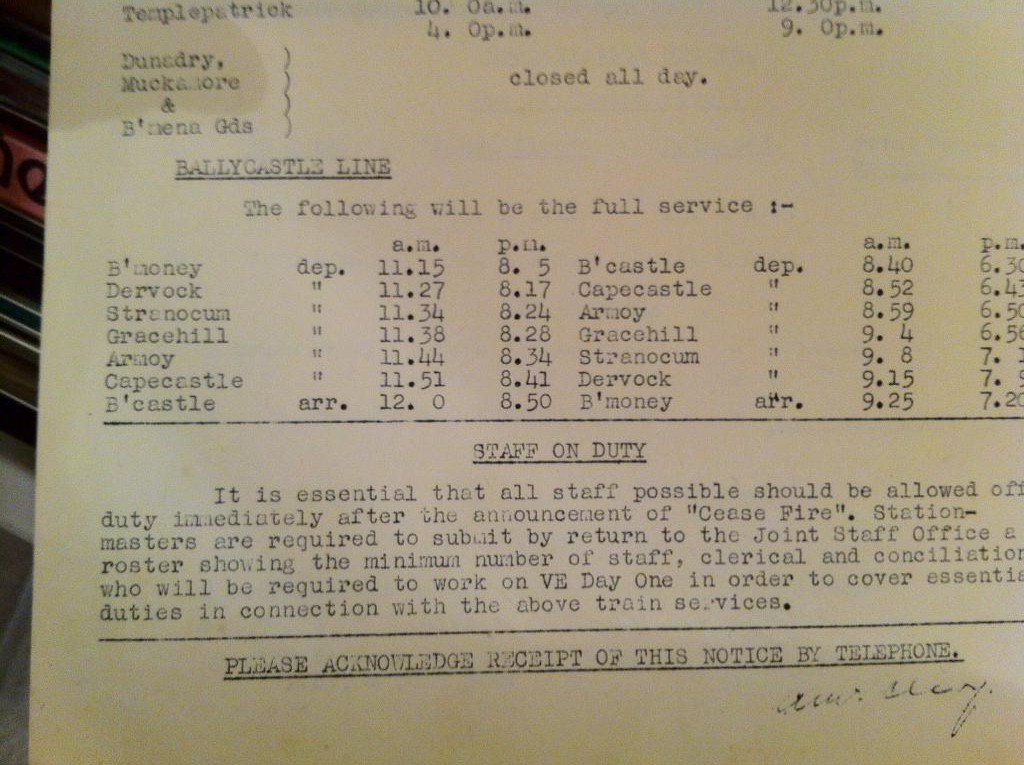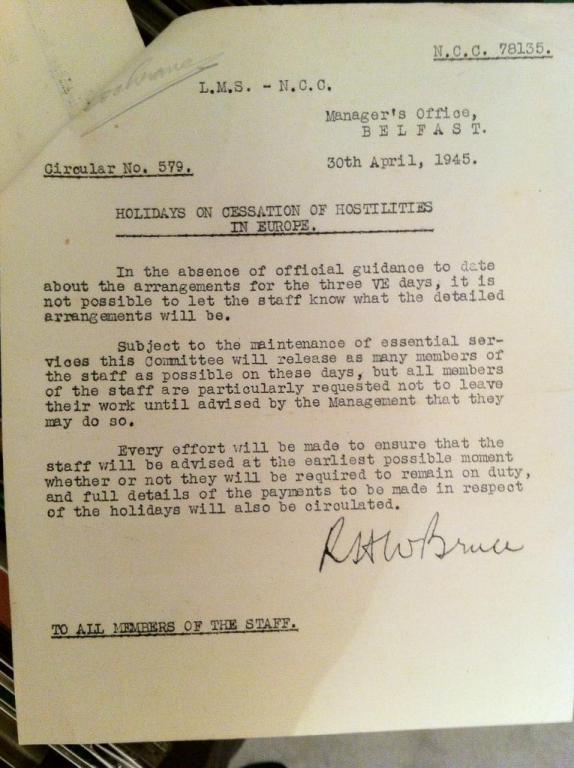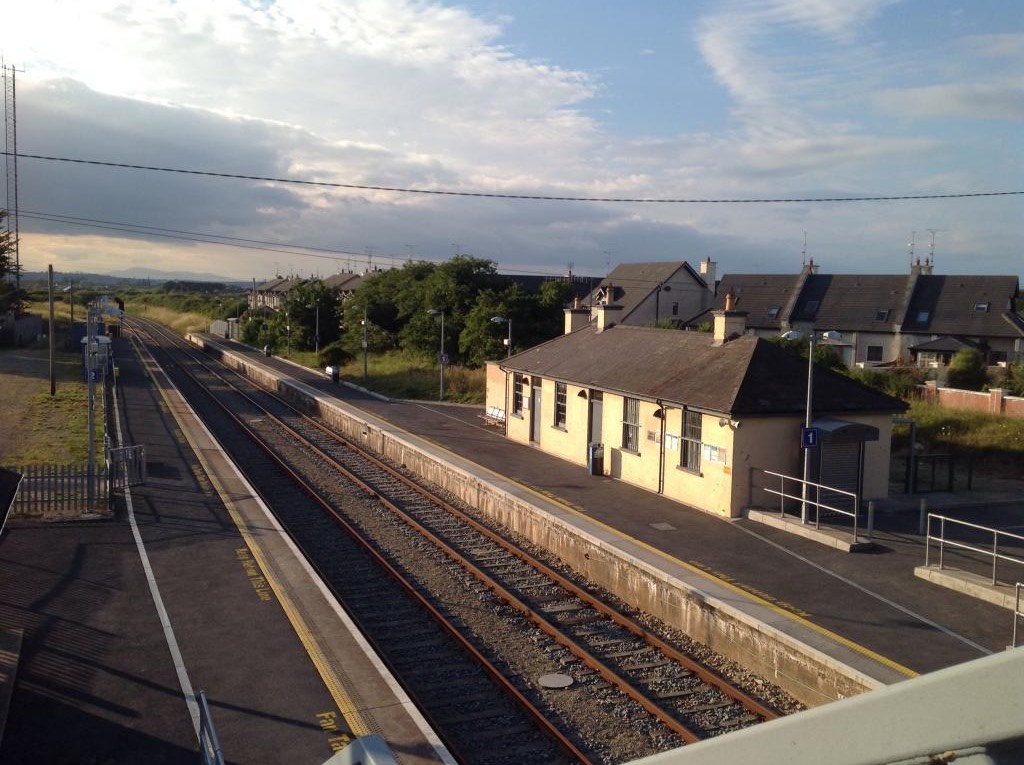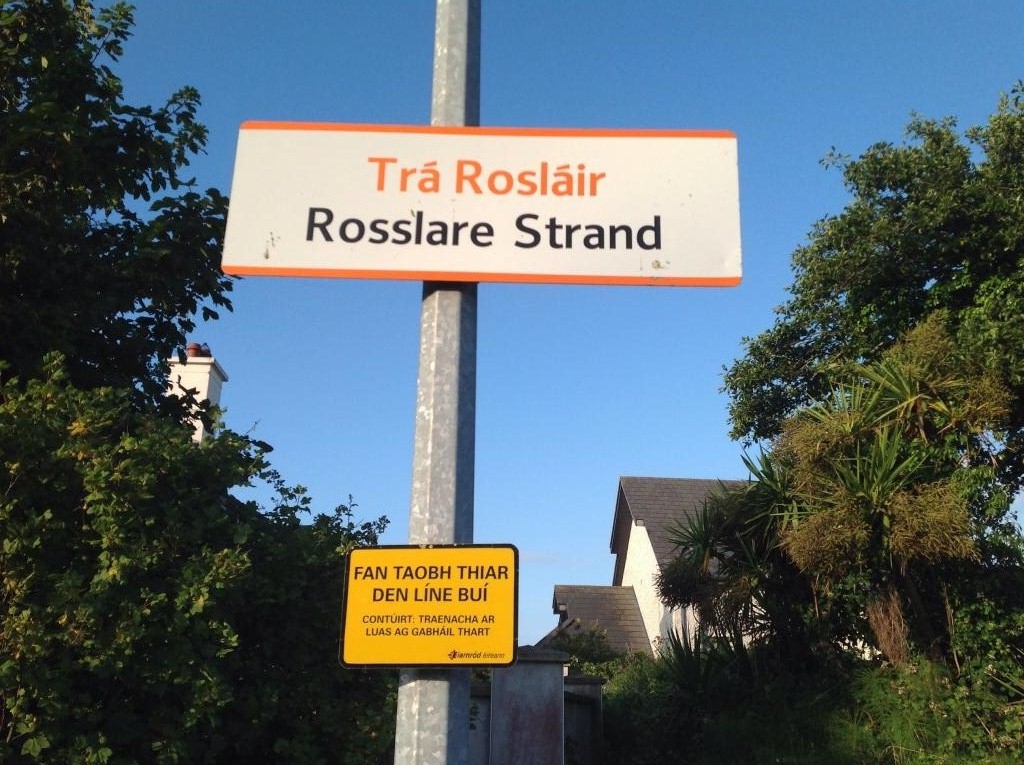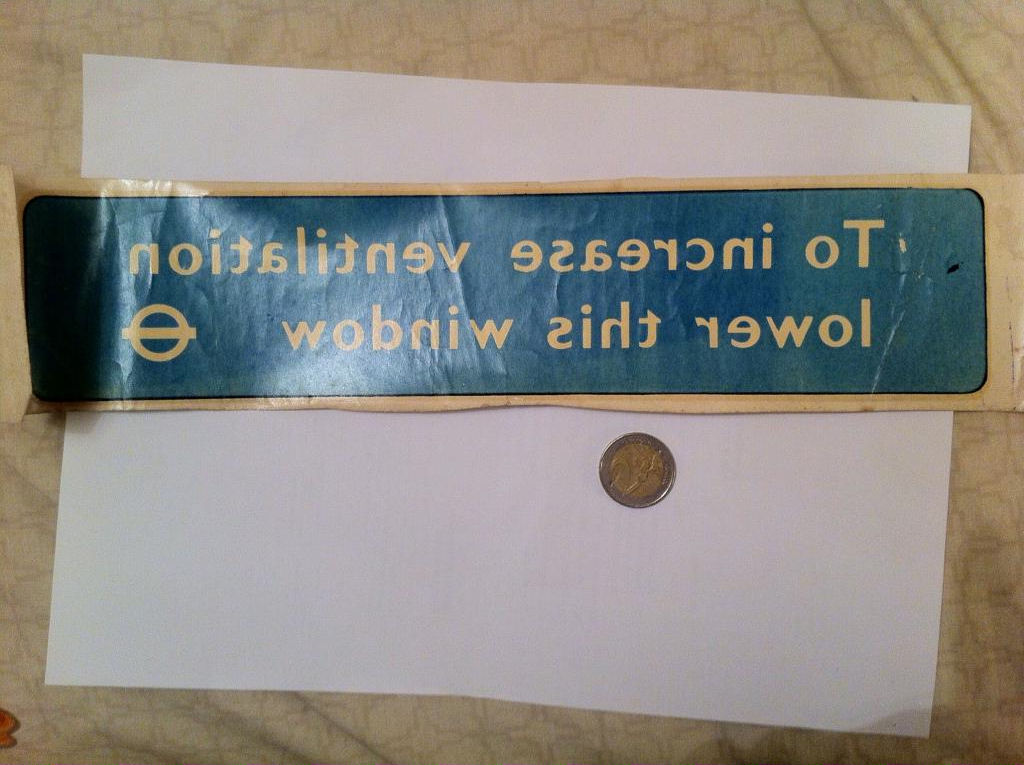-
Posts
1,037 -
Joined
-
Last visited
-
Days Won
5
Content Type
Profiles
Forums
Events
Gallery
Blogs
Store
Community Map
Everything posted by josefstadt
-
Close enough to the mince pies and the Irish coffee i'd say!
-
-
Reminds me that someone once called Llantrisant the hole with the mint!
-
Around the Athloine area lawns are swimming pools!
-
What planet does this shop trade on? Anybody who buys this for £20.89 needs their head examined given that Hornby are advertising it at £14.85. And £9.95 postage also seems steep. eHattons has this item for £16 plus £1.50 postage (if you're not too worried by delivery time).
-
Must be part of IÉ's overseas operations - destination Norwich!
-
It would depend on the size relationship between the 009 body and the HOm/TT frame. It could be done, maybe with some modifications to the length and width of the body.
-
Agreed that it is a bit costly, but it's not outlandishly over priced. For example, Modellbahnshop-lippe.com (mentioned on an earlier thread in connection with DCC decoders) have the following: €44.90 (would look great in GNRI blue & cream!) €44.90 €49.90 €35.96 I've used them and have been very happy with the level of service they give.
-
121 Class locos were used on the ex-AEC push-pulls operating the Bray-Greystones shuttle for the period between the withdrawal of the last of the B201 Class in November 1986 and the withdrawal of the final push-pull on 14 September 1987. The shuttle ceased to operate from that date. The 80-class DEMUs hired from NIR took over the working of the shuttle and the service was restored from 30 October 1987. They remained on the service until 25 November 1990 when, at 13:26, the final shuttle departed from Greystones. From that date until DART services commenced almost ten years later on 10 April 2000, Greystones was served only by the Up and Down Arklow commuter services and the three Rosslare Harbour trains in each direction.
-
Some of the European manufacturers, Bemo for example, produce HOm rolling stock which could form the basis of adaptions to Irish stock. Probably handier than trying to convert 009 stock.
-
Thanks due to 'Old Blarney' for finding the photo.
-
Following on from JHB's question in post #20, Old Blarney has asked me to post the following picture. It is the train referred to by Mayner in post #29, showing 2616/17 at Portarlington with what appears to be a clerestory coach as the intermediate vehicle.
-
A bit in the future I know, but Dún Laoghaire Rathdown County Council have just published details of its programme of events for next year. Some items of railway interest included are: 10 March 2016 - Venue: Dlr Lexicon, Dún Laoghaire at 19:00 Michael Mallin: a lecture by Brian Hughes: In 1966 Dun Laoghaire Railway station was renamed Mallin Station in honour of one of the executed leaders of the Rising. In this talk Brian Hughes, author of Michael Mallin: 16 Lives, will tell the story of Michael Mallin, former British soldier, who commanded the garrison of rebels in St Stephen’s Green and the College of Surgeons during Easter Week. He was Chief-of-Staff and second-in-command to James Connolly in the Irish Citizen Army. Organised by Coiste Éirí Amach 1916 DLR in conjunction with DLR County Council. ________________________________________ 23 March 2016 - Venue: Dlr Lexicon at 19:00 Major John MacBride, a lecture by Donal Fallon: On Easter Monday morning Major John MacBride left his home at Spencer Villas, Glasthule, to meet his brother off the train in Dublin – he was to be the best man at his wedding. However, when this former soldier of the Boer War saw that a Rising was about to start he joined the Volunteers. Although he did not play a key role in the Rising he was executed in Kilmainham Jail. Donal Fallon is an historian and a guide with Historical Walking Tours of Dublin and one of the founder of the award-winning blog on Dublin life and culture, ‘Come Here to Me’. Organised by Coiste Éirí Amach 1916 DLR in conjunction with DLR County Council. ________________________________________ Date & Time to be confirmed - Venue Dún Laoghaire Mallin Station Iarnrod Eireann will be producing an installation at Michael Mallin Station, Dún Laoghaire, to mark the centenary of the Rising. ________________________________________
-

Irish Railway Models: cement bubble detail request
josefstadt replied to Garfield's question in Questions & Answers
Noel, it was an aerial ropeway which was used by Irish Cement to move limestone and shale from its quarry on the North Road to the cement factory at Boyne Road. Opened on March 29th 1938 it was 2¼ miles long and consisted of 140 metal buckets suspended from the wire rope at 58-yard intervals, the cable being supported on towers or pylons spaced 100 yards apart. Each bucket could carry about 1 ton of material and they moved at 4 mph. The system closed down on January 20th 1978, having reportedly carried over 21 million tons of material in that time. Subsequently it was dismantled and sold for scrap. (Thanks to the 'Classic Irish Buses Website - 75 years of buses in Drogheda' for the details of the system) -

Irish Railway Models: cement bubble detail request
josefstadt replied to Garfield's question in Questions & Answers
The wagon in this photo, 25062, is one of the first series of bulk cement wagons built, dating from 1964. In Steventrain's post above, the first two images are of wagons from the final series, 25199 and 25172, introduced 1972 and have the hand brake lever and the different vacuum bag arrangement. The third image is of a first series wagon, 25051, with the same vacuum bag arrangement, but with a lever instead of a wheel for the hand brake, suggesting that the wagon's hand brake was modified at some stage. The O'Dea collection also contains this image of an empty bulk cement train approaching Drogheda headed by A32 (dated June 1967): http://catalogue.nli.ie/Record/vtls000306207 -
I remember a van / vans like this on summer Sunday services on the Bray line during the mid to late 1960s, operating with trains composed entirely of non-corridor compartment stock.
-
The exhaust was, as far as I can remember, underfloor.
-

Irish Railway Models: cement bubble detail request
josefstadt replied to Garfield's question in Questions & Answers
Might be slightly more meaningful between Malahide and East Wall Junction! -

Lineside structures, South Wexford line.
josefstadt replied to jhb171achill's topic in Irish Model Layouts
-

A few old stationery odds and ends, and labels
josefstadt replied to jhb171achill's topic in General Chat
-

A few old stationery odds and ends, and labels
josefstadt replied to jhb171achill's topic in General Chat
-

Lineside structures, South Wexford line.
josefstadt replied to jhb171achill's topic in Irish Model Layouts
-

GSWR Carriage Diagram Book 1924
josefstadt replied to jhb171achill's question in Questions & Answers
Brendan Pender and Herbert Richards’ book ‘GSWR Carriage Diagrams’ (Transport Research Associates 1975) makes no mention of a vehicle numbered 1097. It does contain diagrams for 1096 and for 1098/99. However, these carriages fall into two distinct types. No. 1096 (on page 51) is shown as a 1924-built, 52’ 0” long tri-composite with 12 first and 16 second class seats, both in compartments, and 24 third class seats in an open saloon. This carriage has gangways at both ends. Nos. 1098 and 1099 (on page 23) are shown as 1911-built, 52’ 0” long tri-composite with 12 first and 17 second and 24 third class seats, all in compartments. These carriages do not have gangways at either end and appear to be identical to to ones shown on page 1 of this thread. -
.png.c363cdf5c3fb7955cd92a55eb6dbbae0.png)

